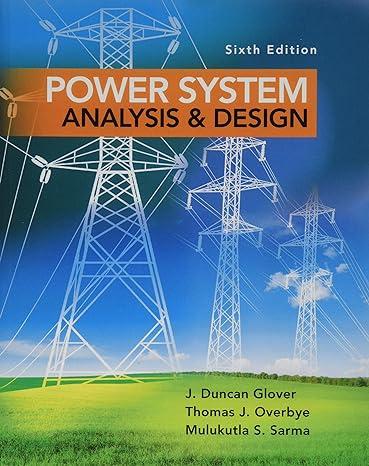The single-phase, two-wire lossless line in Figure 13.3 has a series inductance (mathrm{L}=2 times 10^{-6} mathrm{H} /
Question:
The single-phase, two-wire lossless line in Figure 13.3 has a series inductance \(\mathrm{L}=2 \times 10^{-6} \mathrm{H} / \mathrm{m}\), a shunt capacitance \(\mathrm{C}=1.25 \times 10^{-11} \mathrm{~F} / \mathrm{m}\), and a \(100-\mathrm{km}\) line length. The source voltage at the sending end is a step \(e_{\mathrm{G}}(t)=\) \(100 \mathrm{u}_{-1}(\mathrm{t}) \mathrm{kV}\) with a source impedance equal to the characteristic impedance of the line. The receiving-end load consists of a \(100-\mathrm{mH}\) inductor in series with a \(1-\mu \mathrm{F}\) capacitor. The line and load are initially unenergized. Determine
(a) the characteristic impedance in \(\Omega\), the wave velocity in \(\mathrm{m} / \mathrm{s}\), and the transit time in \(\mathrm{ms}\) for this line;
(b) the sending- and receiving-end voltage reflection coefficients in per-unit;
(c) the receiving-end voltage \(v_{\mathrm{R}}(\mathrm{t})\) as a function of time; and
(d) the steady-state receiving-end voltage.
Figure 13.3

Step by Step Answer:

Power System Analysis And Design
ISBN: 9781305632134
6th Edition
Authors: J. Duncan Glover, Thomas Overbye, Mulukutla S. Sarma





